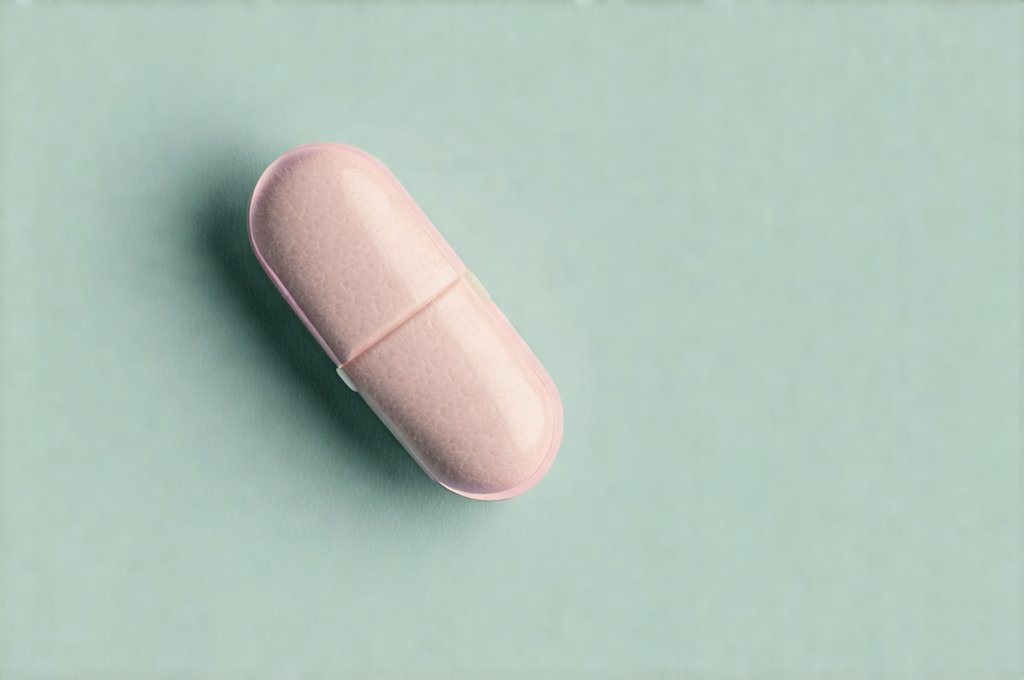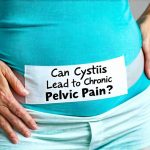Many people experience frustrating bladder symptoms like urgency, frequency, and discomfort – sensations often described as an “overactive” or irritable bladder. These issues can significantly impact quality of life, disrupting sleep, travel plans, and even daily routines. While there are many potential causes for these symptoms, ranging from urinary tract infections to neurological conditions, a common culprit is interstitial cystitis/bladder pain syndrome (IC/BPS) – a chronic condition characterized by bladder pressure, bladder pain, and sometimes pelvic pain. Managing IC/BPS, and even general bladder irritation without a specific diagnosis, often involves a multi-faceted approach, and surprisingly, antihistamines are sometimes discussed as part of that management plan.
The connection between allergies, histamine, and bladder symptoms isn’t immediately obvious. However, growing research suggests a link, particularly in certain subtypes of IC/BPS. Histamine, a chemical released by the body during allergic reactions, plays a role in inflammation and nerve signaling. In some individuals with bladder irritation, elevated levels of histamine within the bladder itself might contribute to symptoms. This has led to exploration of antihistamines – medications typically used for allergies – as a potential way to reduce bladder inflammation and calm down overactive nerves. It’s crucial to understand that this isn’t a standard treatment for all bladder issues; it is more often considered in specific cases, usually under the guidance of a healthcare professional.
Understanding the Histamine-Bladder Connection
The idea of using antihistamines for bladder irritation stems from the growing understanding of IC/BPS as potentially having multiple subtypes. One subtype, sometimes referred to as histamine-mediated IC, appears to be driven by high levels of histamine in the urine and bladder lining. In these patients, mast cells – immune cells that release histamine – are more active within the bladder wall. This elevated histamine can then directly irritate the bladder nerves, leading to feelings of urgency, pain, and frequency. It’s important to note this isn’t a universally accepted explanation for all IC/BPS cases; other subtypes exist involving different inflammatory pathways and mechanisms.
The diagnostic process for identifying histamine-mediated IC typically involves a histamine challenge test. This involves administering an antihistamine (usually oral) and monitoring whether the patient experiences symptom relief. If symptoms significantly improve after taking the antihistamine, it suggests that histamine is playing a significant role in their bladder irritation. However, this test isn’t foolproof, and results should always be interpreted by a qualified healthcare professional alongside other clinical findings. It’s also vital to rule out other potential causes of the symptoms before attributing them solely to histamine.
Furthermore, even without a formal histamine challenge, some clinicians may consider trialing antihistamines in patients whose symptoms suggest a possible histamine component – particularly if they have a history of allergies or mast cell activation syndrome (MCAS), a condition characterized by excessive mast cell activity throughout the body. The rationale is that a trial period can help determine whether an antihistamine provides any symptomatic relief, even without definitive proof of histamine involvement.
Types of Antihistamines and Their Use for Bladder Irritation
There are two main categories of antihistamines: first-generation and second-generation. First-generation antihistamines, like diphenhydramine (Benadryl) and chlorpheniramine, readily cross the blood-brain barrier, which can cause drowsiness as a side effect. While they might offer some symptom relief, their sedative effects often limit their long-term use for chronic conditions like IC/BPS. Second-generation antihistamines, such as cetirizine (Zyrtec), loratadine (Claritin), and fexofenadine (Allegra), are less likely to cause drowsiness because they don’t cross the blood-brain barrier as easily.
For bladder irritation, second-generation antihistamines are generally preferred due to their milder side effect profile. However, even these can cause some level of sedation in certain individuals. The specific choice of antihistamine and dosage will depend on individual factors, including the severity of symptoms, other medical conditions, and potential drug interactions. It’s crucial not to self-medicate with antihistamines for bladder issues; a healthcare provider should determine whether they are appropriate and guide you on proper usage. Dosage is also important – higher doses don’t necessarily equate to better results and can increase the risk of side effects.
It’s worth noting that antihistamines aren’t typically considered a first-line treatment for IC/BPS or general bladder irritation. They are often used as an adjunct therapy, meaning they are combined with other treatments like pelvic floor physical therapy, dietary modifications (avoiding bladder irritants), and medications specifically designed to manage bladder symptoms (such as pentosan polysulfate sodium). You can learn more about bladder medications help with pelvic pain.
Exploring Antihistamine Treatment Options
The use of antihistamines for bladder irritation is often a trial-and-error process. A healthcare provider might start with a low dose of a second-generation antihistamine and gradually increase it if needed, while carefully monitoring for side effects and improvements in symptoms. If one antihistamine doesn’t provide relief, another may be tried. It’s important to give the medication sufficient time to work – several weeks or even months – before concluding whether it is effective.
- Monitoring Side Effects: Common side effects of second-generation antihistamines include dry mouth, fatigue, and constipation. More serious side effects are rare but can occur.
- Combination Therapy: Antihistamines are often used in combination with other treatments to address different aspects of bladder irritation.
- Long-Term Use: The long-term safety and efficacy of antihistamine use for bladder irritation haven’t been extensively studied, so regular follow-up with a healthcare provider is essential.
Understanding Mast Cell Activation Syndrome (MCAS) & Bladder Symptoms
As mentioned earlier, MCAS can be closely linked to histamine-mediated IC/BPS. In MCAS, mast cells release excessive amounts of histamine and other mediators, leading to widespread symptoms affecting multiple organ systems – including the bladder. Individuals with MCAS often experience allergies, skin rashes, gastrointestinal issues, and neurological symptoms alongside their bladder problems.
If a patient has signs of MCAS in addition to bladder irritation, healthcare providers may consider treatments aimed at stabilizing mast cells, such as H1 and H2 blockers (antihistamines), leukotriene inhibitors, and other medications. This is because addressing the underlying mast cell activation can often lead to significant improvements in both allergic symptoms and bladder function. Diagnosing MCAS typically involves specialized testing, including urine and blood tests to measure histamine levels and mast cell mediators.
The Role of Dietary Changes & Bladder Health
While antihistamines might help manage histamine-related bladder irritation, dietary modifications are also crucial for optimizing bladder health. Certain foods can exacerbate bladder symptoms by increasing inflammation or irritating the bladder lining. Common bladder irritants include:
- Caffeine
- Alcohol
- Spicy foods
- Citrus fruits and juices
- Artificial sweeteners
- Carbonated beverages
An elimination diet, where you temporarily remove potential triggers from your diet and then reintroduce them one at a time to see which ones worsen your symptoms, can be helpful in identifying individual sensitivities. It’s also important to stay well-hydrated by drinking plenty of water throughout the day, as dehydration can concentrate urine and further irritate the bladder. A balanced diet rich in anti-inflammatory foods like fruits, vegetables, and omega-3 fatty acids can support overall bladder health. You might also consider if probiotics help rebuild bladder flora.
It’s essential to remember that managing bladder irritation is often a complex process that requires individualized treatment plans and ongoing collaboration with healthcare professionals. Antihistamines may be a valuable tool for some individuals, but they are not a one-size-fits-all solution. A thorough evaluation, accurate diagnosis, and personalized approach are key to achieving optimal outcomes. If you find bladder pain interrupts sleep, consult with your doctor about potential treatment options. Also be aware of how bladder symptoms change with age.





















